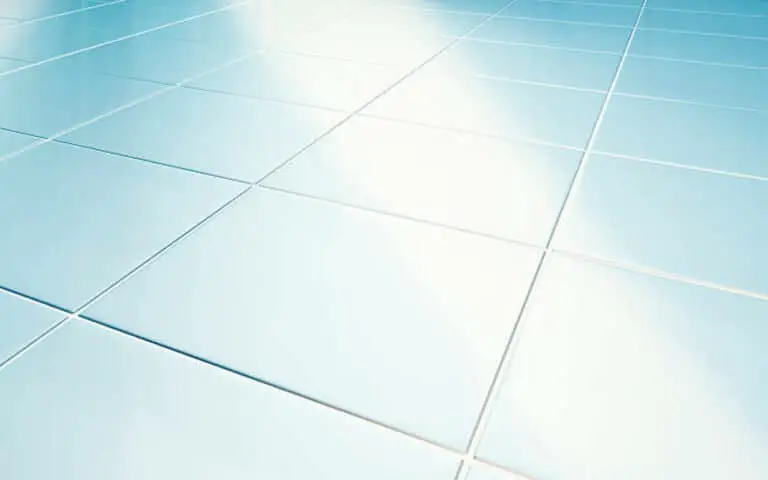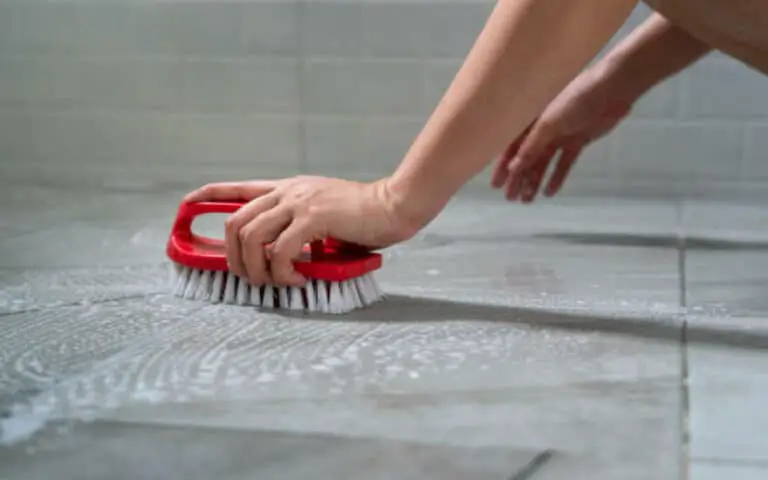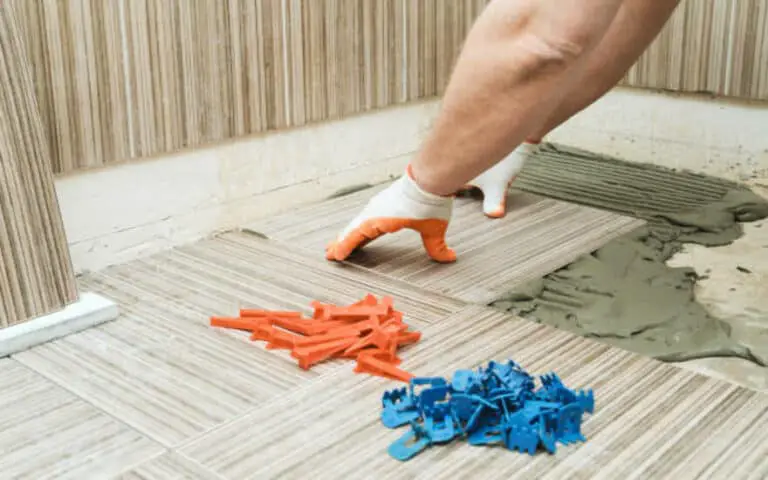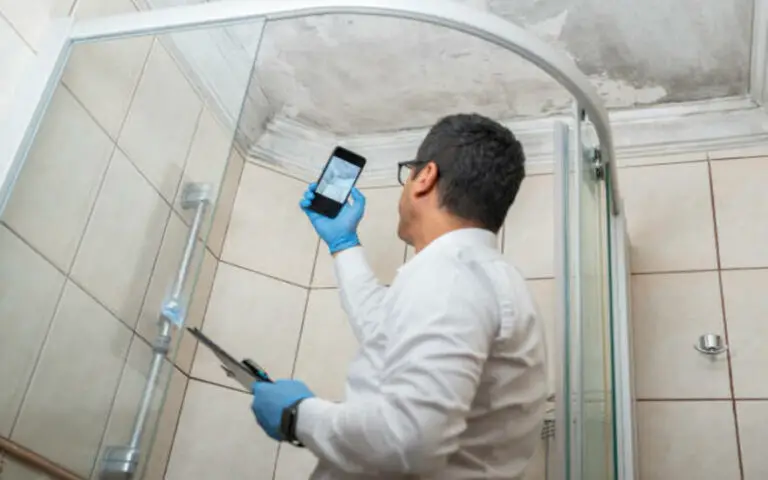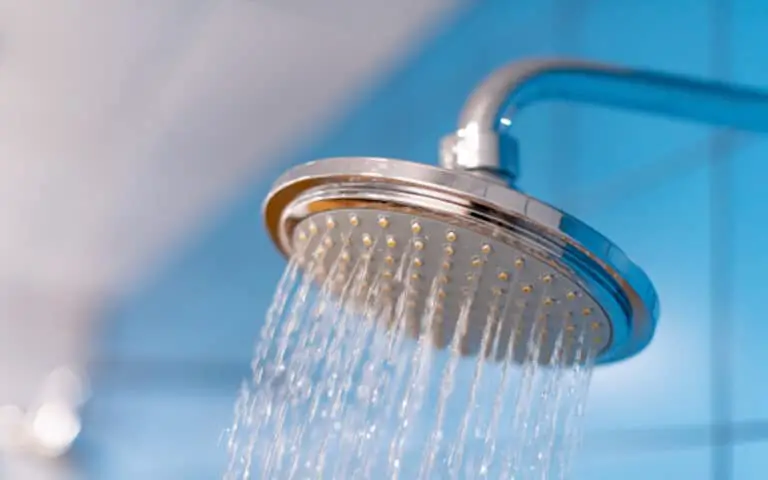In this blog post, I’ll look at the pros and cons of some of the most popular bathroom flooring options so you can make an informed decision.
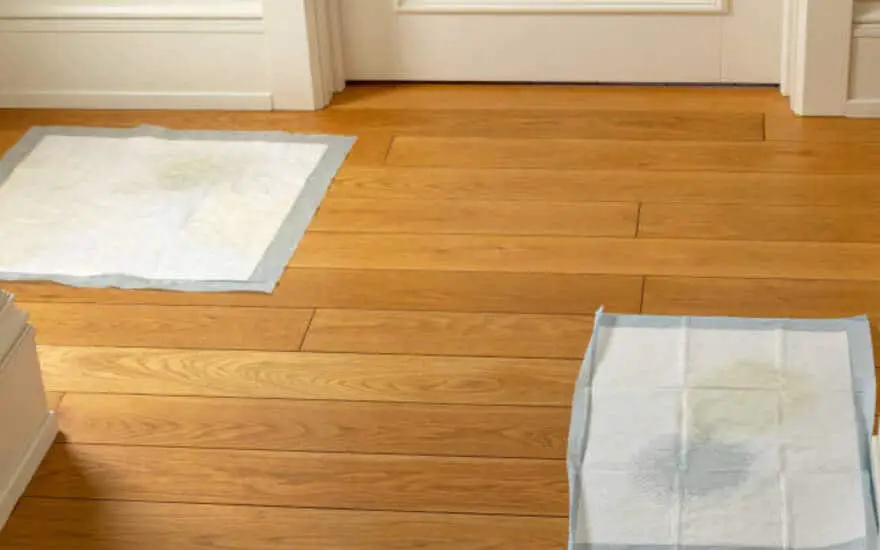
7 Pros of Popular Bathroom Flooring Options
Regarding bathroom flooring, there are many options to choose from. Each type of flooring has its pros and cons, so it is important to understand the different options before deciding. In this blog post, we will explore the pros and cons of 10 popular bathroom flooring options, from ceramic tile to hardwood flooring:
1. Pros of Ceramic Tile
Ceramic tile is a great choice for bathrooms due to its waterproof nature and durability. It’s also relatively easy to clean and maintain and comes in various colors and styles. Plus, it’s not overly expensive compared to other flooring options.
The only downside to ceramic tile is that the grout lines can be difficult to clean and maintain. However, this issue can be mitigated with the right cleaning products and regular maintenance.
2. Pros of Vinyl Flooring
Vinyl flooring is a great option for many bathrooms. It is durable, waterproof, and easy to install. Plus, it comes in many designs and colors to suit any style. It is also cost-effective and requires little maintenance. Additionally, vinyl flooring is comfortable to walk on and provides cushioning for falls, which makes it a great choice for families with young children.
3. Pros of Laminate Flooring
Laminate flooring is a great option for your bathroom, not only because of its affordability but also because of its durability and ability to resist moisture. It is also quite easy to install and maintain, making it a great choice for those who want a quick and easy flooring solution. However, it is not recommended for areas prone to moisture, such as bathrooms.
4. Pros of Hardwood Flooring
Hardwood flooring is a classic choice for bathrooms. It adds a luxurious and elegant look to the room. Hardwood also provides a warm and inviting feeling that other flooring materials can’t offer. It is also durable and can last many years with proper care and maintenance.
The main downside of hardwood flooring is that it can be expensive, so it may not be the best choice for those on a tighter budget. However, if you’re willing to invest in the cost of hardwood flooring, it will provide you with a timeless look that will last for years to come.
5. Pros of Carpeting
Carpeting is a popular choice for its comfort and warmth. It can also add a touch of luxury to a bathroom. Carpets are available in many colors, styles, and textures. The softness makes it perfect for bathrooms with small children or older adults. It is also one of the most affordable flooring options.
Carpeting can be easily installed over existing flooring and has good sound insulation properties. In addition, it is hypoallergenic and absorbs moisture, so it can prevent slips and falls. On the other hand, carpets can be difficult to clean and may need to be replaced more often than other flooring materials.
6. Pros of Natural Stone
Natural stone flooring is the way to go if you’re looking for a luxurious and solid option for your bathroom. Not only does it look great, but natural stone is hard, durable, and aesthetically pleasing.
It also returns an excellent resale value, making it a smart investment. Plus, it is impervious to water damage and will last a lifetime.
7. Pros of Bamboo Flooring
When it comes to bamboo flooring, there are plenty of pros to consider. Bamboo is a sustainable, renewable resource that is available in a variety of colors and textures. It is also resistant to scratching, fading, and staining, making it an ideal choice for bathroom flooring.
It is also more affordable than other types of hardwood flooring and can be installed as a DIY project. Plus, bamboo flooring is hypoallergenic and can help reduce allergens in your bathroom.
5 Cons of Popular Bathroom Flooring Options
While ceramic tile is a very popular bathroom flooring option due to its waterproof properties and classic look, it does have its drawbacks. Grout lines can be difficult to clean, as dirt and bacteria can accumulate in the cracks. Vinyl flooring is also a popular option, but it may not last as long as some other options.
1. Ceramic Tile: Grout Lines Can Be Difficult to Clean
If ceramic tile is your chosen bathroom flooring option, you should be aware of one of its cons. Ceramic tile can be difficult to clean, especially when it comes to grout lines.
Grout lines can get stained and dirty, and cleaning them without leaving streaks can be tricky. The best way to avoid this issue is to use a sealant on the grout lines, which will help keep them looking cleaner for longer periods.
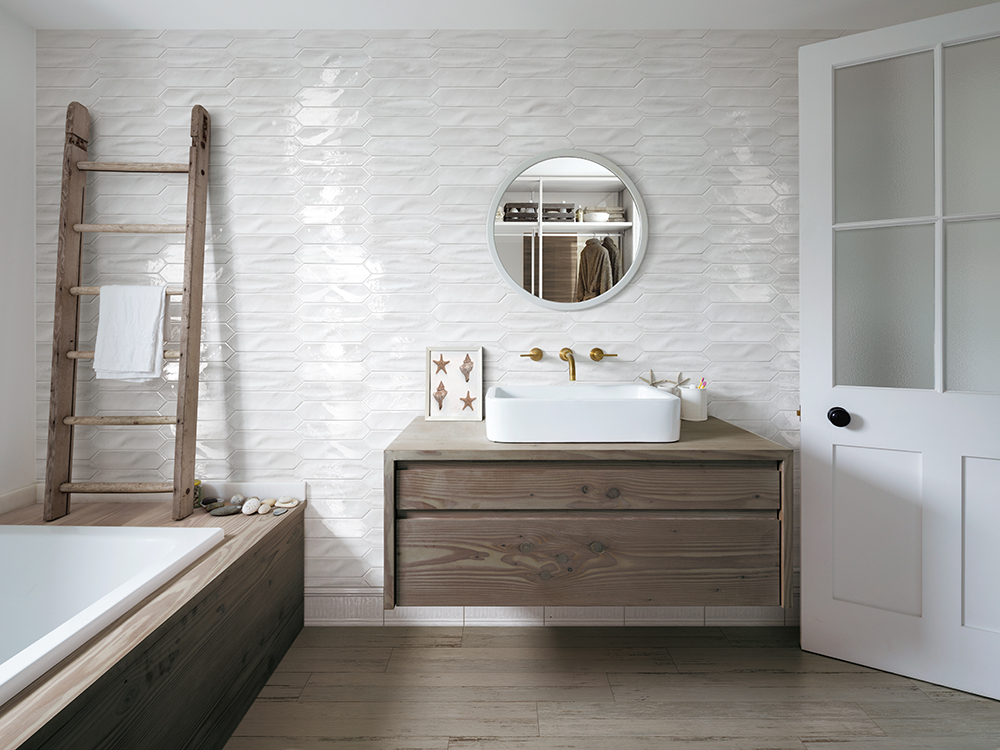
2. Vinyl Flooring: May Not Last as Long as Other Options
Despite being cost-effective, vinyl plank flooring may not last as long as hardwood, tile, stone, or luxury vinyl tile. It is softer than these materials, so sharp objects can easily damage it.
While the flooring is durable and can last up to 10-20 years when installed and maintained properly, it cannot be refinished like hardwood. Repairs can be difficult and time-consuming, meaning you may need to replace the entire floor if the damage is too severe.
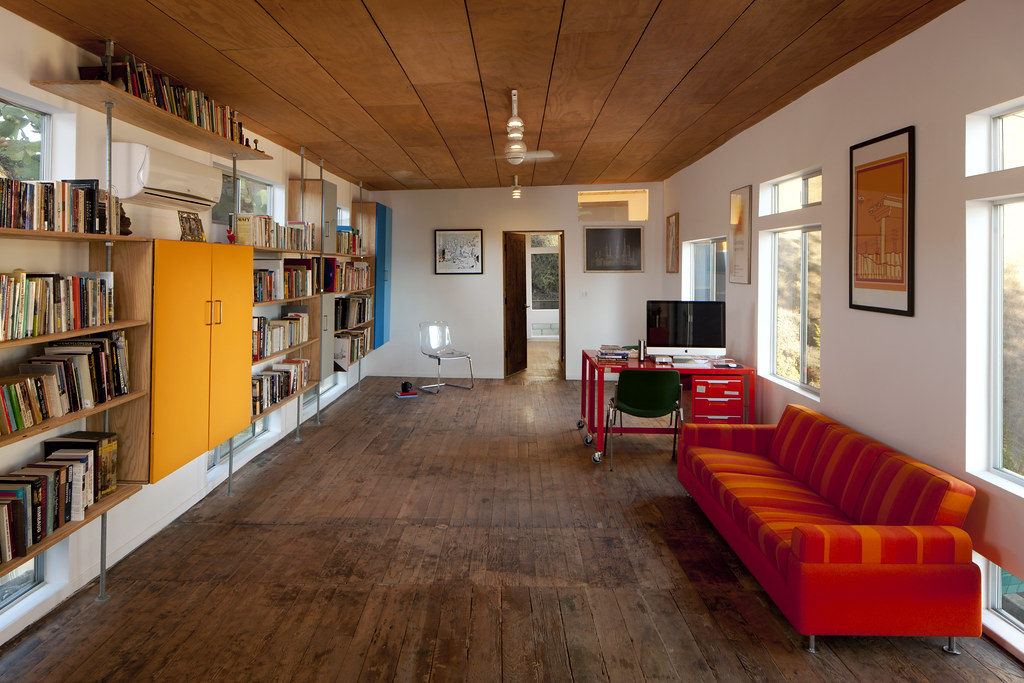
3. Laminate Flooring: Not Recommended for Moisture-Prone Areas
While laminate flooring is an affordable and attractive option, it is not recommended for bathrooms or other moisture-prone areas due to its wood chip base.
Laminate floors can be susceptible to water damage and should be avoided in areas with a risk of flooding or high humidity. For these areas, vinyl or ceramic tile would be a better option.
4. Linoleum: May Show Scratches and Dents Over Time
Linoleum is an extremely cost-effective option, especially when compared to hard surface floorings such as hardwood, ceramic, or stone. However, it can show signs of wear and tear more quickly than these other materials.
Over time, it may start to show scratches and dents that can detract from the appearance. Regularly inspecting and cleaning linoleum is important to keep it looking its best.
5. Hardwood Flooring: Requires Regular Sealing and Maintenance
Hardwood floors are a classic and beautiful choice for bathrooms, but they require regular maintenance to keep them looking their best. You’ll need to seal the floors regularly to protect them from moisture, and you’ll also need to refinish and reseal them every few years.
The cost of installation and maintenance of hardwood floors can add up quickly, so if you are looking for a flooring option that is low cost and low maintenance, hardwood might not be the best choice.
Summary
When it comes to bathroom flooring, there are plenty of choices. Each option has pros and cons, from ceramic tile to cork and natural stone. Porcelain and ceramic tiles are durable and slip-resistant, while vinyl is an inexpensive option that’s easy to install and maintain. Laminate flooring is a budget-friendly alternative that imitates the look of wood.
Hardwood is beautiful but requires regular sealing and maintenance. Carpet offers comfort but can absorb moisture and may require frequent cleaning. And bamboo is a sustainable choice that’s water-resistant but may not be as durable as other options. Ultimately, the best type of flooring for your bathroom will depend on your preferences and budget.

